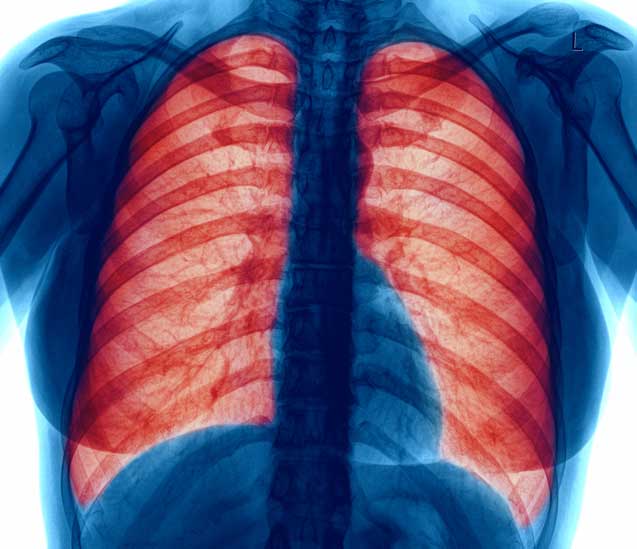Chronic obstructive pulmonary disease, or COPD, is becoming increasingly more common. It is caused by damage to the lung tissue due to inhaled toxins, like cigarette smoke. It can become so severe that lung surgery or a lung transplant may become a patient’s only option at a full life. Stem cell therapy is now being explored as a potential therapy for patients suffering from COPD symptoms.
What Is Chronic Obstructive Pulmonary Disease (COPD)?
Chronic obstructive pulmonary disease, commonly referred to as COPD, is a group of progressive lung diseases. The most common are emphysema and chronic bronchitis. Many people with COPD have both of these conditions. Emphysema slowly destroys air sacs in your lungs, which interferes with outward airflow. Bronchitis causes inflammation and narrowing of the bronchial tubes, which allows mucus to build up. Chronic bronchitis, emphysema, asthma, and infectious diseases can contribute to the development of chronic obstructive pulmonary disease. The primary cause of chronic obstructive pulmonary disease is cigarette smoking and exposure to tobacco smoke. Other causes include air pollution, infectious diseases, and genetic conditions. Smoking tobacco, secondhand smoke, air pollution, alpha-1 antitrypsin deficiency, and a few other conditions increase the risk factors of COPD. The stages of chronic obstructive pulmonary disease range from stage 1 to stage 4. As the stage number increases, the disease and its symptoms will progressively become worse. Stage 4 is also known as “end-stage” chronic obstructive pulmonary disease because it is the final stage before death. To diagnosis COPD, the doctor will take the patients breathing history and any exposure to irritants such as cigarette smoking or other agents.

There’s no cure for COPD, but treatment can help ease symptoms, lower the chance of complications, and generally improve quality of life. Medications, supplemental oxygen therapy, and surgery are some forms of treatment. Treatments can also include avoiding any of the risks or causes of COPD like cigarette smoke or toxic fumes, or in a small number of patients, lung surgery or lung transplant. COPD makes it harder to breathe. Symptoms may be mild at first, beginning with intermittent coughing and shortness of breath. As it progresses, symptoms can become more constant to where it can become increasingly difficult to breathe. You may experience wheezing and tightness in the chest or have excess sputum production. Some people with COPD have acute exacerbations, which are flare-ups of severe symptoms.
How Can Stem Cell Therapy Help Patients With Chronic Obstructive Pulmonary Disease (COPD)?
Clinical trials are currently being run on patients with COPD testing the efficacy of stem cell therapy. They believe that stem cells could repair the damaged lung tissue and alveoli, where oxygen is exchanged with the blood. Repairing this damage can reverse the effects of COPD on the lungs and allow patients to breathe better without invasive surgeries. This therapy method was successful during its initial animal trials and is hoped to be a therapy that humans can benefit from as well. More studies must be done before the effects are completely understood.


No Comments